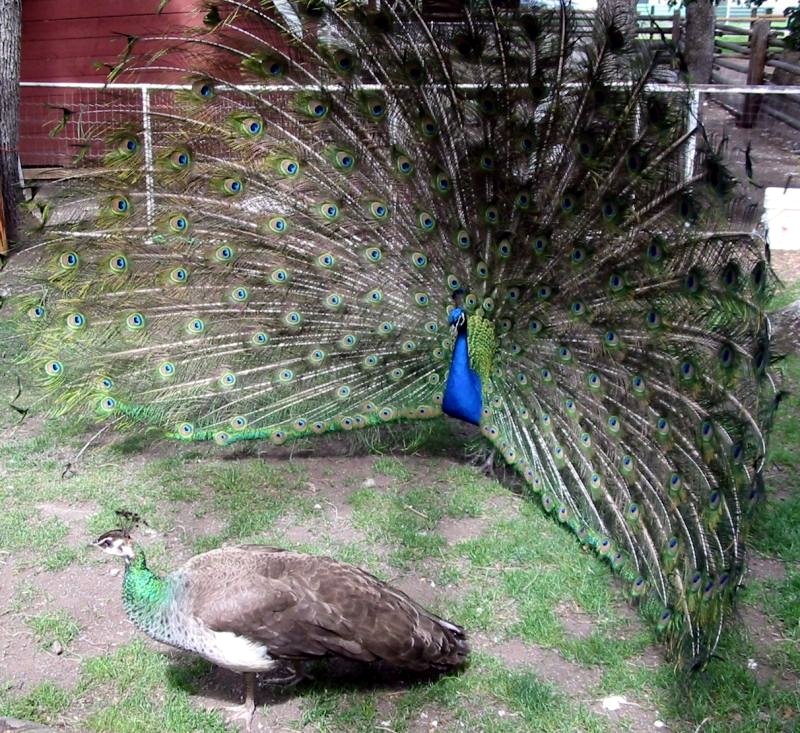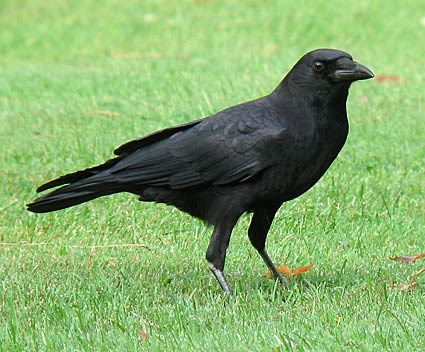 |
| source: Mirror |
Goldfish (Carassius
auratus auratus) today are more often than not seen as crackers, carnival
prizes and the victims of childhood responsibility (for a source please see: my
parents). This view of goldfish, however, is only a modern one. The fish,
domesticated over a thousand years ago, has represented prosperity, power,
luck, and love in various cultures across the world, before becoming the common
resident of the modern fishbowl.
Originating in the waters of Ancient China, the goldfish descended from
the Prussian carp (Carassius auratus
gibelio). C.a.gibelio is a small,
silver, rather plain fish which, though rare, can have color morphs of orange,
red and yellow. Ancient Chinese were quick to select for these morphs, breeding
one rare orange carp with another, and began the fish's domestication. The
first written records of keeping goldfish as pets dates back to the Sung
Dynasty (960-1279 A.D), but they were probably kept long before that. There are
few written records, period, before that point, but the Sung Dynasty writings seem to refer to keeping goldfish as common, meaning that it had been practiced for a while.
It was not until the Ming Dynasty (1368-1644 A.D.) that various color morphs began to develop. It became illegal in China to breed and
keep yellow, or golden, fish. Gold was seen as the color of royalty, so the
morph that was the goldfish’s namesake became rarer than other morphs, such as
orange. This is probably why the orange color remains the more common variety to this
day.
The Ming Dynasty also first saw goldfish bred for body shape. Various fin size, body size, and eye size were
selected for, giving rise to the “fancy fish.” The majority of the hundreds of
modern goldfish breeds are fancy fish; Celestial goldfish have surprised eyes
that bug out and always look up, ryukin goldfish have long veils of fins that
flow behind them as they swim, and the chocolate moore has black butterfly
wings for a tail.
Still, the standard common goldfish has remained the most
popular breed, and the fish's popularity continued to grow and spread throughout the world.
The goldfish arrived in Japan during the 16th Century, and was
introduced to Europe and the U.S. in the 17th century. During the 1600s
it became customary in these countries for a man to give his wife a goldfish on
their one-year anniversary, representing love and a long-lasting relationship.
This tradition began to die out as the fish became increasingly common.
The goldfish’s rise to fame in the U.S. was due, in large
part, to the U.S. government. In 1878, the United States Commission on
Fisheries received the first official import of goldfish. In celebration and to
gain publicity, the commission gave out free fish to the people of D.C.
Anyone not in the area had only to send in a request to Congress and a
goldfish would be sent out post-haste. This strategy took
off, and Congress was eventually sending out 20,000 free goldfish every year, leading in 1874 to New York Times quote:
“The business of distributing free goldfish to the people of
the District of Columbia has become such a tax on the Fish Commission that it
appears they must choose between running a goldfish bureau for Washington
exclusively and conducting legitimate work for the bureau.”
In the 20th century the goldfish moved from Capitol
Hill to Coney Island. The little fish became prizes at carnivals and fairs around the world, given away to small, sugar-crazed children, along with their
standard bowl.
The average age of a goldfish in the U.S. is 4-6 years. This,
however, is probably because of the terrible conditions most goldfish live in.
It is estimated that with proper care, goldfish should live from 12-20 years,
and the oldest goldfish lived to 45.
The conditions of the standard goldfish bowl are terrible
for numerous reasons. First, goldfish poop. A lot. In fact, goldfish do not
have stomachs, their digestive systems are just intestines, so food runs
through them fast. Fishbowls have no filter, and dealing with all of this detritus
can be nigh near impossible in that container. Compared to other tanks, bowls also have a small
surface area/volume ratio. This means that only a little bit of oxygen from the
air can enter the bowl for the fish to breath. Finally, fish bowls are small
and boring. Despite what myths you may have heard, goldfish can be shockingly
smart, and social. Not only do they distinguish between faces, but they can even be trained to solve mazes and do tricks; and they have a memory considerably longer than a few seconds. Goldfish memory can last 3-5 months, which is something I cannot say for some people.
With a modern understanding of goldfish has come new appreciation, and many groups are now lobbying for better treatment for the fish. Activists around the world are arguing
that the way goldfish are commonly housed represents animal cruelty. In 2004 the U.K.
Made it illegal for goldfish to be given away as prizes, and in 2005 the city
of Rome passed a similar law that also banned the use of the standard fish
bowls.
Not all goldfish have been confined to rounded walls. Throughout the world, released or escaped goldfish represent an ecological threat. Intentionally introduced to many U.S. lakes and ponds, wild goldfish can now be found in almost every state. Not all of these populations have become biological menaces, but the hardiness and the omnivorous appetite of these former pets have made them a problem for some native fish such as the Pahrump poolfish (Empetrichthys latos latos) in Nevada.
Overall very little is known about the effects of the goldfish's infringement of alien waters, but it does at least appear to be doing quite well. Wild goldfish in the United States have even begun interbreeding with the common carp (Cyprinus carpio), another carp species running rampant in U.S. waters. It is doing so well that New York state declared it illegal to place a fish in any body of water without a permit, including in your own backyard. That might seem extreme, but since the majority of wild goldfish are released, and since the majority of goldfish owners are kids, and since in 2000 the state had over 560,000 kids under 10, you do the math. After all, we've all owned a goldfish.
Not all goldfish have been confined to rounded walls. Throughout the world, released or escaped goldfish represent an ecological threat. Intentionally introduced to many U.S. lakes and ponds, wild goldfish can now be found in almost every state. Not all of these populations have become biological menaces, but the hardiness and the omnivorous appetite of these former pets have made them a problem for some native fish such as the Pahrump poolfish (Empetrichthys latos latos) in Nevada.
Overall very little is known about the effects of the goldfish's infringement of alien waters, but it does at least appear to be doing quite well. Wild goldfish in the United States have even begun interbreeding with the common carp (Cyprinus carpio), another carp species running rampant in U.S. waters. It is doing so well that New York state declared it illegal to place a fish in any body of water without a permit, including in your own backyard. That might seem extreme, but since the majority of wild goldfish are released, and since the majority of goldfish owners are kids, and since in 2000 the state had over 560,000 kids under 10, you do the math. After all, we've all owned a goldfish.
Sources:
- · http://www.aquariumguys.com/kid-guide-to-goldfish.html
- · http://puregoldfish.com/
- · http://www.ducksters.com/animals/goldfish.php
- · http://thegoldfishtank.com/goldfish-facts/
- · http://thegoldfishtank.com/goldfish-facts-more-goldfish-facts/
- · http://channel.nationalgeographic.com/wild/fish-bowl/articles/fun-fish-facts/
- · http://www.goldfishfacts.org/
- · http://www.about-goldfish.com/goldfish-history.html
- · http://news.bbc.co.uk/2/hi/uk_news/england/kent/7352909.stm
- · http://news.bbc.co.uk/2/hi/uk_news/england/devon/4341254.stm
- · http://news.bbc.co.uk/2/hi/uk_news/magazine/3893889.stm
- · http://goldfishcareguide.com/2008/03/05/5-reasons-not-to-use-goldfish-bowls/
- · http://howtotakecareofagoldfish.com/goldfish-slime-coat/
- · http://www.cbc.ca/news/world/rome-bans-cruel-goldfish-bowls-1.556045
- · http://nas.er.usgs.gov/queries/factsheet.aspx?SpeciesID=508
- · http://www.exoticgoldfish.net/breeds.html
- · http://www.theatlantic.com/national/archive/2012/11/the-great-goldfish-invasion-how-an-exotic-carp-took-over-america/264420/







